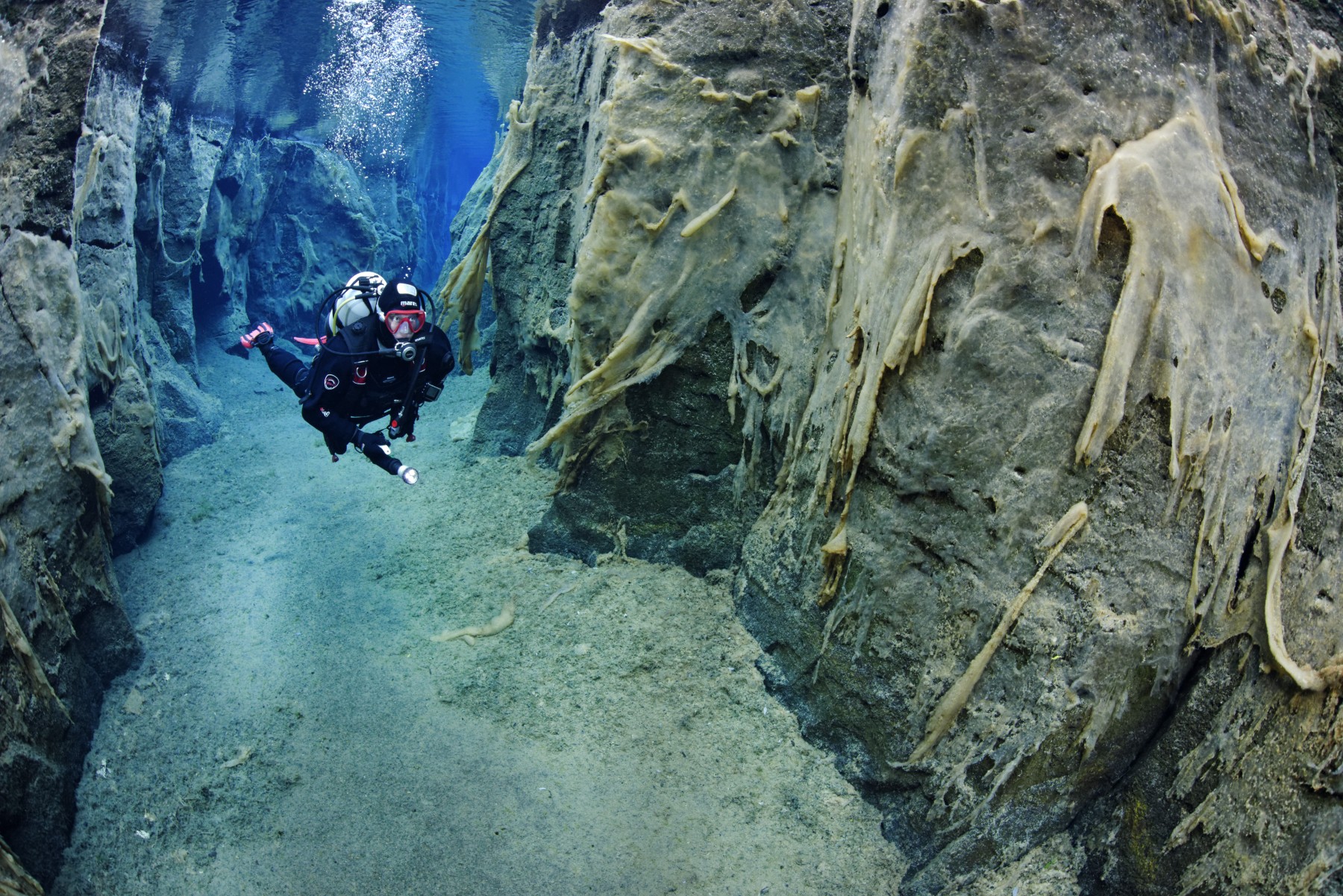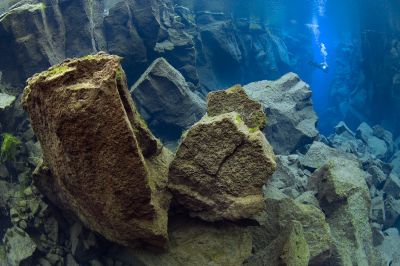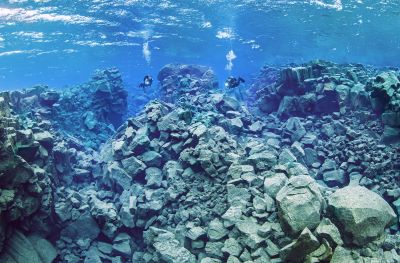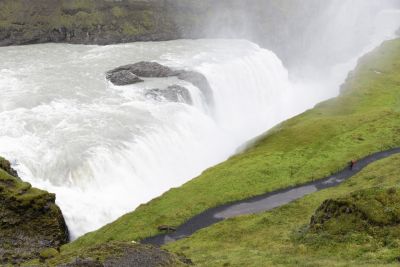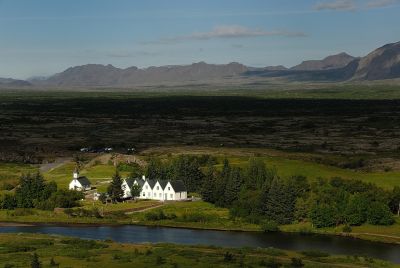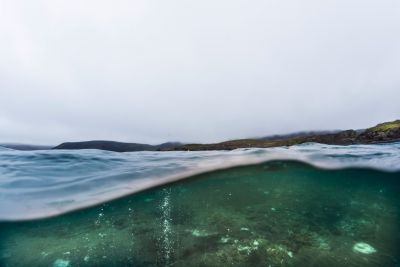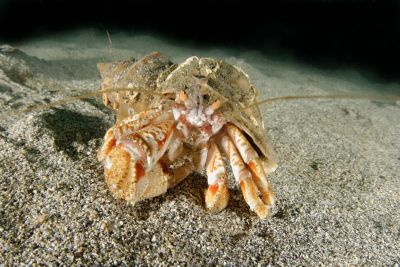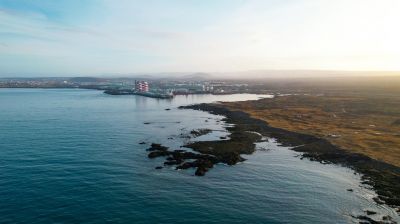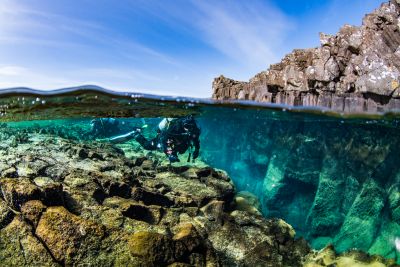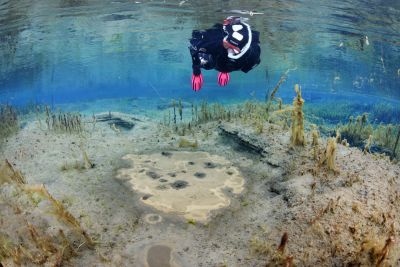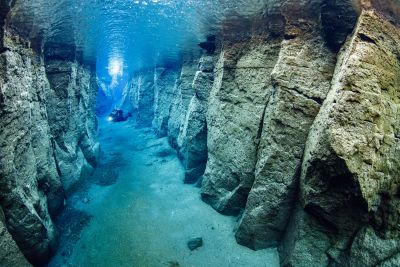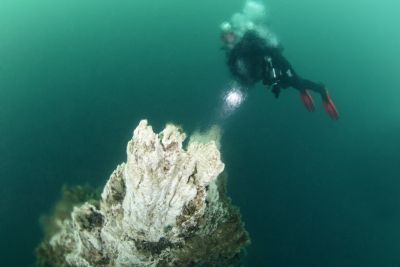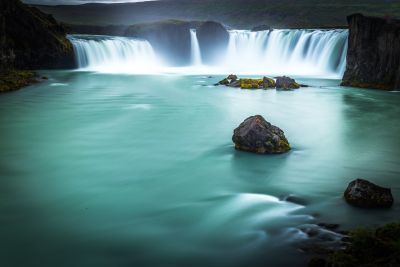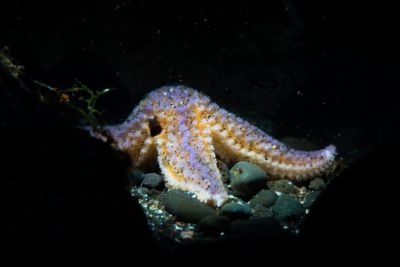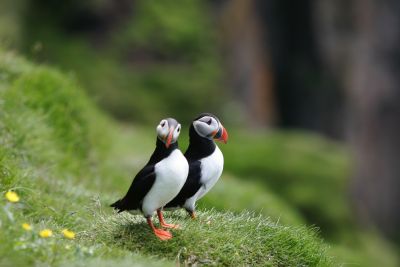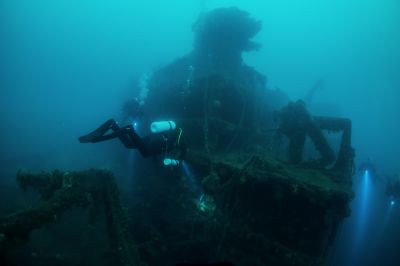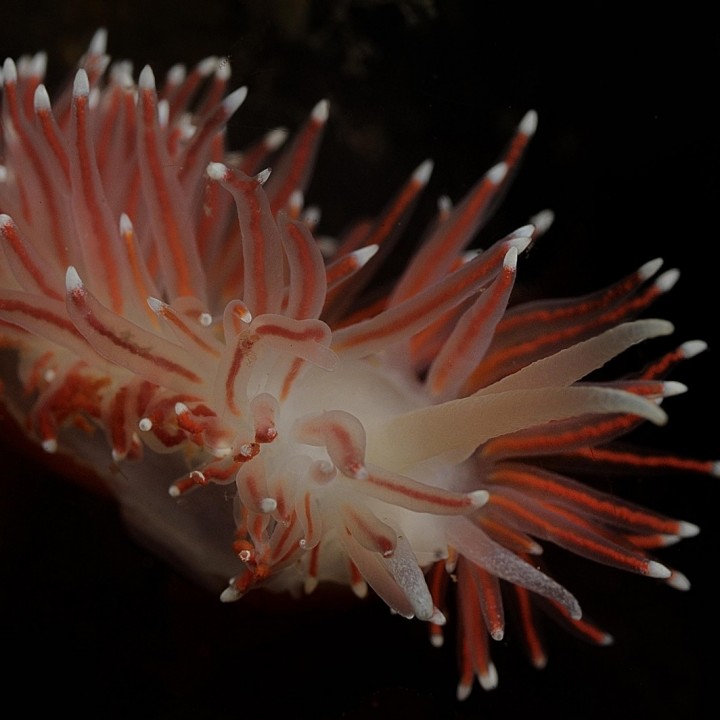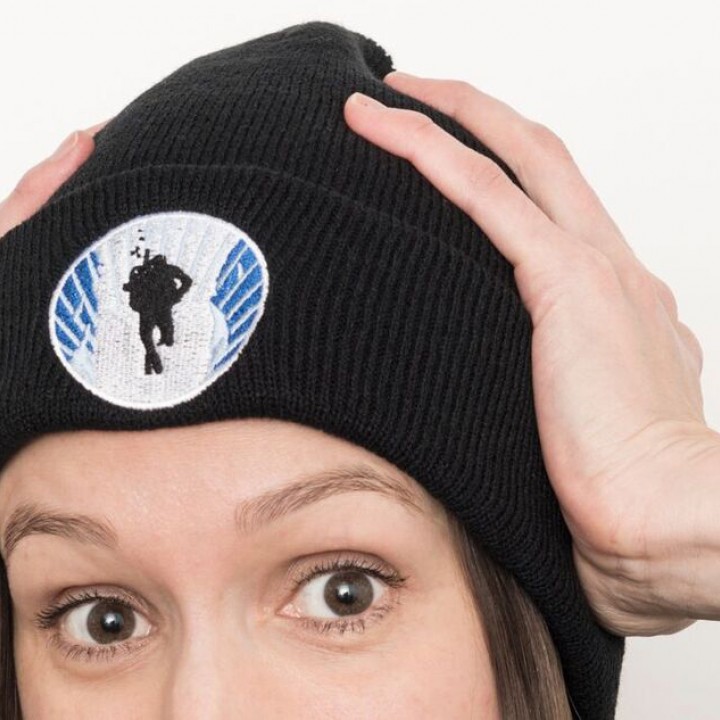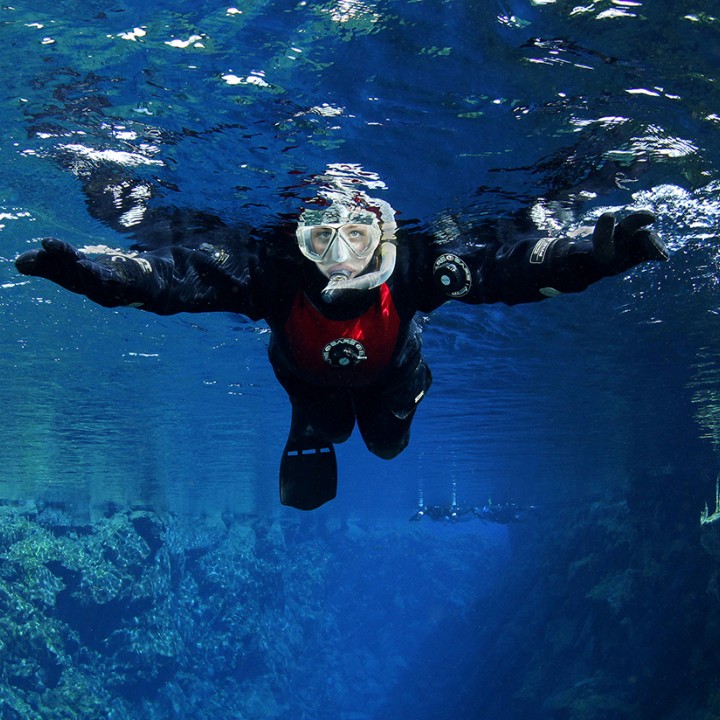Tærasta vatn á jörðinni
Silfra er einn af fallegustu köfunarstöðum á jörðinni. Vatnið er kristaltært og hægt að sjá 100m+.
Leynd perla
Davíðsgjá is a lava fissure in Lake Þingvellir but very different from Silfra. One of our guides describes it as a "darker, spookier" version of Silfra.
Iceland's "must-see" nature sights
Allir þekkja Gullna hringinn og hafa heimsótt Gullfoss og Geysi eða Strokk.
Home to Silfra fissure
Nestled within Iceland's rugged landscapes lies a place where history, geology, and breathtaking beauty converge. Learn about this UNESCO World Heritage Site which is also the home of Silfra fissure.
Neðansjávar og neðanjarðar
Á Kleifarvatni köfum við að neðansjávar hver. Umhverfið í kringum vatnið er óviðjafnanlegt og erfitt að trúa því að aðeins er 30 mín akstur til Reykjavíkur....
The North Atlantic is full of life
With its undersea gardens, forests, and deserts, Garður is our favourite ocean dive site in the Reykjavík area. Get detailed Information on Garður
Kelp forests and lots of wildlife
Local divers have frequented this dive spot for years and placed structures to attract wildlife such as starfish, crabs and urchins. Now you can see it too!
The fresh and salty fissure
Bjarnagjá is a lava fissure on the Reykjanes peninsula. The freshwater of the Bjarnagjá is mixed in with the sea water entering from the end of the fissure.
Currently not operating
"Little River" is located near the northern coast but is always a warm temperature. As it is a shallow river, we snorkel instead of dive.
The Silfra of the north
Nesgjá is another lovely fresh water fissure with the crystal clear water that is so unique to Iceland. Nesgjá is quite shallow but amazingly beautiful.
Hverastrýta í Eyjafirði
Strýtan er annar vinsælasti köfunarstaður á Íslandi á eftir Silfru og er á toppnum á heimsvísu þegar kemur að köfun í köldu vatni.
An iconic route in Northern Iceland
Home to the dive sites Litlaá lagoon and Nesgjá fissure. It is a must-visit for travelers seeking awe-inspiring landscapes, dramatic waterfalls, volcanic marvels, and the enchanting beauty of the Arctic.
Ocean dive site close to Silfra
Akranes has all the North Atlantic has to offer. Visit the kelp forests and all its inhabitants, fish, crabs and other wildlife. Only about an hour from Silfra.
Síðustu óbyggðu svæðin í Evrópu
The Westfjords beautiful beaches and steep fjord cliffs lead into Iceland’s clearest ocean water. The ocean here has a great variety of dive sites.
Frábær köfun að skipsflaki
In World War II, german fighter planes sunk the British oil tanker “El Grillo” in the fjord on February 10th, 1944. The wreck is about 150 meters long and weighs over 7000 tons.
Frequently asked questions
-
Hvernig finn ég Silfru?
-
Silfra er í þjóðgarðinum á Þingvöllum sem er ó um 45-60 mínútna keyrslu frá Reykjavík. Þú getur fundið kortið á miðanum þínum eða HÉR eða einfaldlega skrifa Silfra Diving inn í Google Maps. Ef þú týnist ekki hika við að hringja í skrifstofuna okkar.or simply type Silfra Diving into Google maps.
-
-
Hversu langt er að keyra til Silfru frá Reykjavík?
-
Silfra er í um 60km fjarlægð frá Reykjavík og tekur það um klukkutíma að keyra, fer auðvitað allt eftir veðri. Ef þú ákveður að keyra sjálfur mælum við með að þú fylgir þessu korti á meðan þú keyrir. Silfra er staðsett á Þingvöllum. Þú munt keyra fram hjá leiðsögumönnunum og bílastæðinu við Silfru á hægri hönd, þú heldur áfram í nokkrar mínútur í viðbót að bílastæði P5 þar sem þú leggur bílnum og gengur svo til baka.
-
-
Hvenær er besti tími ársins til að heimsækja Ísland?
-
Every time of year has its own benefits. It is least crowded in spring and autumn and you will often have a full range of activities available to you, but with less people than in summer, which is of course the busiest season here in Iceland. Winter has its own beauty and should not be dismissed, although it is not for the faint hearted as the weather can get quite extreme, and you would need to be flexible with your plans as tours can end up getting cancelled due to the weather. It is however the time for Northern Lights, so pros and cons as always. Please also be aware that winter lasts much later into the year than in most countries and there is often still snow in March and April. From a dive and snorkel point of view, it makes little difference which of the seasons you visit as our groups are small and the dive sites, visibility and marine life are pretty constant through out, varying more from day to day, than from season to season. The ocean temperatures are warmest, however, in summer and fall – about 8-12°C. For our other dive sites, such as our geothermal site and some of our other inland sites, are also warmest in summer and fall, although at a lower temperature, 6-8°C. Silfra however retains a constant temperature of 2-4°C.
-
View all our FAQs
